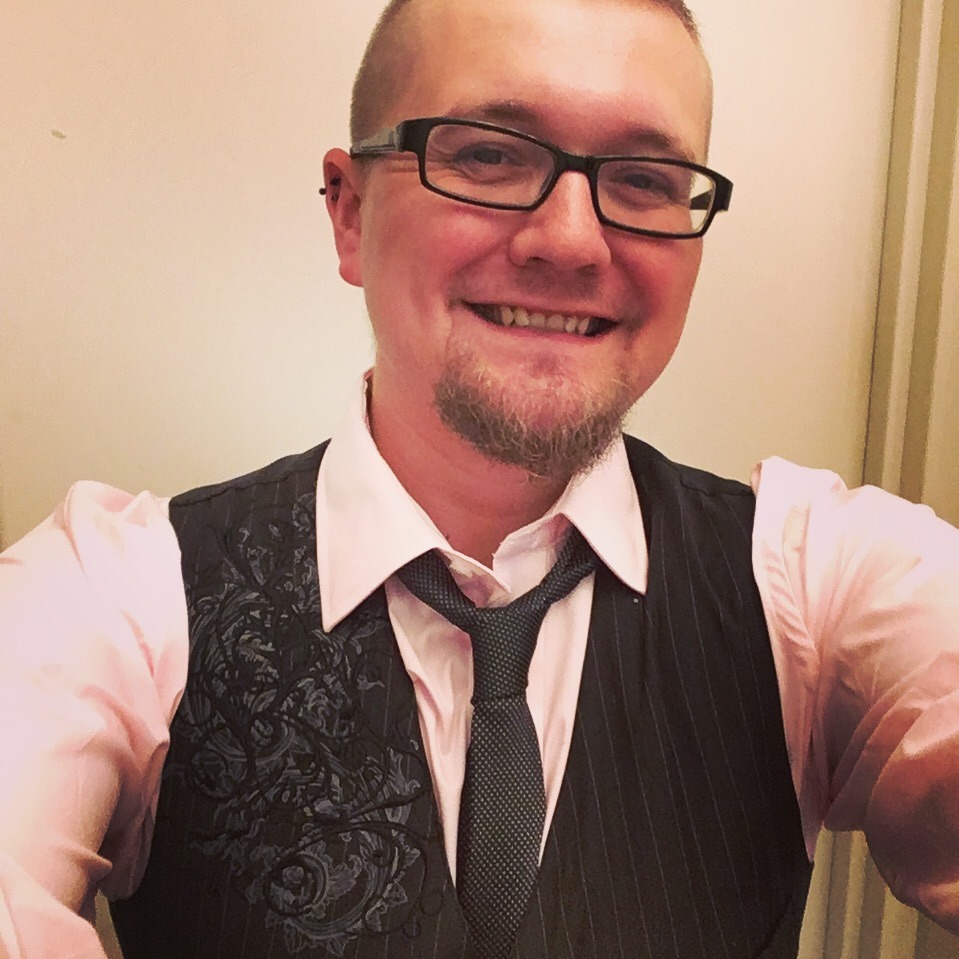Shelley
An Author Profile

By Gabriel Blanchard
Practically every sci-fi, horror, and futuristic story owes something to Mary Shelley's Frankenstein.
❧ Full name and titles: Mary Wollstonecraft Shelley, née Godwin [mêŕ-ē wõł-støn-krăft shĕ-lē, gŏd-wĭn; see our pronunciation guide for details]
❧ Dates: 30 Aug. 1797-1 Feb. 1851
❧ Areas active: England; France; Switzerland; Italy
❧ Original language of writing: Modern English
❧ Exemplary or important works: Frankenstein, or, the Modern Prometheus
Today’s author is the child of another name on our author bank—a unique occurrence. Mary Wollstonecraft, author of A Vindication of the Rights of Woman, married the philosopher William Godwin in 1797, who had written in favor of anarchism and free love. She bore their daughter that same year; sadly, she died less than a month later, due to complications from the birth.
Godwin was a friend of Percy Bysshe Shelley, an ardent supporter of the French Revolution in politics and the Romantic movement in poetry. Mary and Percy fell in love, and—putting Godwin’s principles into practice, to his chagrin—they eloped to France, with Mary’s stepsister Claire but without Percy’s pregnant wife. (Percy would wed Mary after the tragic suicide of his first wife.)
This took place in 1816, “the year without a summer”; a gigantic volcanic eruption the previous year had spewed so much ash into the atmosphere that it dimmed the sunlight, resulting in summer so frigid it broke centuries of records. Hence, when the three travelers joined Lord Byron at a villa on Lake Geneva, they could not pursue outdoor activities. They retreated instead to a cozy log fire and amused themselves by reading ghost stories, and someone proposed a competition of inventing new tales. Mary had difficulty, until, in a nightmare, she saw a pale figure surrounded by machinery, and another shape lying on a table that suddenly stirred with horrible life. This was the basis of her groundbreaking Frankenstein: or, The Modern Prometheus. Though she wrote several other works, none have reached the same popularity; and unbeknownst to her, she had invented a new genre: what would later be called science fiction.
I desired love and fellowship, and I was spurned. Was there no injustice in this? Am I to be thought the only criminal, when all humankind sinned against me?
Mary Shelley, Frankenstein
The premise has become familiar to us from two hundred years of retellings, especially film adaptations. Dr. Frankenstein, an ambitious scientist, discovers a means of giving life to an artificial body, which he calls the Creature. (The idea that this body is a corpse, or made of parts of corpses, comes in later versions.) However, he is horrified by the Creature’s ugliness and abandons it. In its friendless, heartbroken state, it begins to pursue Frankenstein and murder those whom he loves.
Frankenstein shows several qualities that have become standard elements of sci-fi. In terms of technique, book uses a pseudo-realistic narrative form, achieved in this case by multiple narrators. This pseudo-realism has become a staple of horror (notably in Dracula) as well as much sci-fi, heightening the emotional impact of the story by making it as credible as possible. But the theme of Frankenstein is almost unique to science fiction: the philosophical implications of technology. In particular, the novel explores the question of whether replicas of human beings are human themselves, and how an “artificial intelligence” would respond to the world. The trope that any such creation would turn on its maker, arguably, comes originally from Shelley. Books and films from Erewhon to Blade Runner to 2001: A Space Odyssey have ruminated on these matters ever since.
It is a charming irony that, by imagining a new, artificial human created by a scientist, Mary Shelley created a new genre of literature unawares. The irony is doubled and trebled by the subject matter and her own remarks on it. Frankenstein raises questions of what man’s place is in the cosmos. Was the Creature human? Was it a monster, or was Dr. Frankenstein—or both? What blame does each character bear? How far do our powers extend, and what moral laws should govern our use of those powers? Might it be that attempts to make intelligence from nothing are born only of hubris, and doomed to evil? Shelley wrote, in an introduction to her novel in 1831, “Frightful must it be: for supremely frightful would be the effect of any human endeavor to mock the stupendous mechanism of the Creator of the world.”
Page image by Griffinstorm, retrieved from Wikipedia under a CC BY-SA 4.0 license.
Every week, we publish a profile of one of the figures from the CLT author bank. For an introduction to classic authors, see our guest post from Keith Nix, founder of the Veritas School in Richmond, VA.
If you liked this post, check out some of our other author profiles, like this one on Martin Buber or this one on Mahatma Gandhi. Or try something from our series on “the Great Conversation,” like this one on the ideas of memory and imagination.
Published on 5th October, 2020.